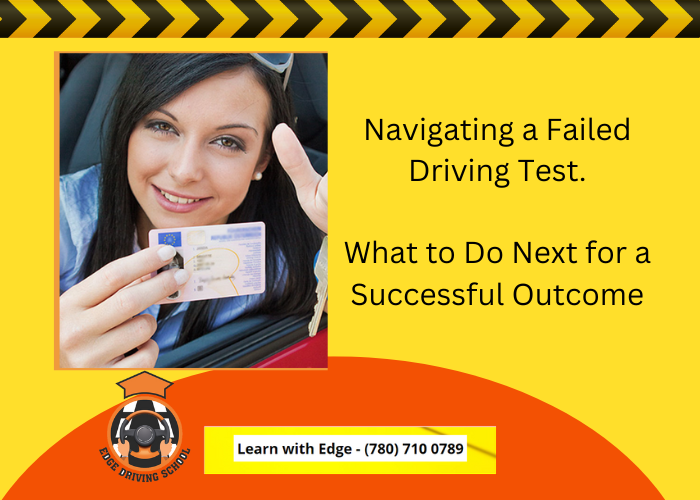
Failing a driving test can be disheartening, but it’s not the end of the road. Many people stumble on their first attempt, and the key is to stay positive and learn from the experience. In this blog post, we will explore the necessary steps to take after failing a driving test, providing guidance and tips for turning this setback into a valuable learning opportunity. Whether it’s brushing up on specific skills, seeking additional practice, or overcoming anxiety, we’ve got you covered. So, let’s dive in and discover how to bounce back from a failed driving test with determination and success!
Reflecting on the Experience
After receiving the news of a failed driving test, it’s crucial to take a moment to reflect on the experience. Begin by acknowledging your emotions, as it’s natural to feel disappointed or frustrated. However, it’s important not to dwell on these negative feelings for too long. Instead, shift your focus towards analyzing what went wrong and understanding the areas that need improvement. Was it a specific maneuver, a lack of confidence, or a misjudgment? Reflecting on these aspects will help you pinpoint the areas where you can make necessary adjustments and grow as a driver.
Understanding the Feedback
Feedback from the examiner is an invaluable resource for improving your driving skills. Take the time to carefully review the feedback provided, paying close attention to any specific areas of concern or recurring issues. This feedback can shed light on your weaknesses and give you a clear direction on what needs improvement. Use it as a roadmap for your next steps, focusing on the specific skills or maneuvers mentioned in the feedback.
Brushing Up on Skills
Now that you have a clear understanding of your weaknesses, it’s time to work on them. Consider enrolling in additional driving lessons with Edge Driving School instructor who can provide personalized guidance and help you practice the specific skills that need improvement. Whether it’s parallel parking, lane merging, or defensive driving techniques, targeted practice will boost your confidence and competence on the road. Remember, practice makes perfect, and the more you invest in honing your skills, the better prepared you’ll be for your next driving test.
Building Confidence
Often, failing a driving test can shake your confidence. It’s essential to address any anxiety or nervousness you may be experiencing. One effective way to build confidence is through simulated practice sessions. Find a quiet and safe location, such as an empty parking lot, to practice driving maneuvers repeatedly. Visualize yourself in a test-like situation and challenge yourself to perform each task with precision. Gradually, this repetition will help build muscle memory and boost your confidence levels.
Scheduling Your Retest
Once you’ve put in the effort to improve your skills and build confidence, it’s time to schedule your retest. Be sure to allow yourself ample time for practice and preparation. Consult with your driving instructor to determine the best timeline for your retest, considering the amount of practice required and your personal readiness. Remember, everyone progresses at their own pace, so avoid rushing into the retest without feeling fully prepared.
Conclusion
Failing a driving test can be disheartening, but it doesn’t define you as a driver. It’s crucial to approach the situation with a positive mindset, using the experience as a valuable learning opportunity. By reflecting on the experience, understanding the feedback, and focusing on improving specific skills, you can overcome the setback.
